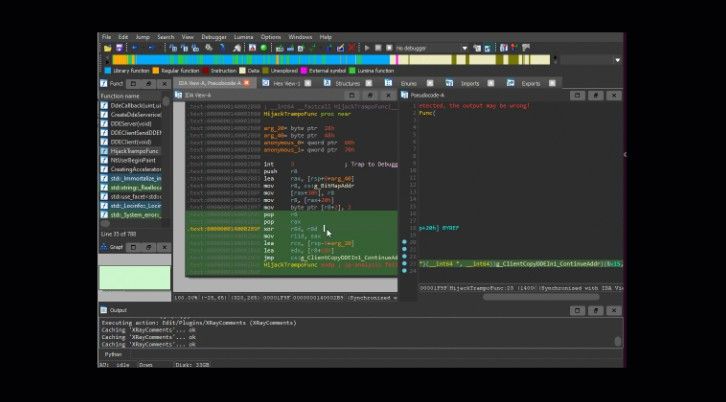face-mask-detection
Face Mask Detection is a project to determine whether someone is wearing mask or not, using deep neural network. It contains 3 scripts that provides training new model, testing model with specific images and live face mask detection.
The gif below shows how live face mask detection works.
This model has trained with 10k face images (5k without mask and 5k with mask – dataset sources are mentioned in dataset section) using 3 layers of 2d CNN as main process. (the complete summary of model layers is given below)
Model: "sequential"
_________________________________________________________________
Layer (type) Output Shape Param #
=================================================================
rescaling (Rescaling) (None, 180, 180, 3) 0
_________________________________________________________________
conv2d (Conv2D) (None, 180, 180, 16) 448
_________________________________________________________________
max_pooling2d (MaxPooling2D) (None, 90, 90, 16) 0
_________________________________________________________________
conv2d_1 (Conv2D) (None, 90, 90, 32) 4640
_________________________________________________________________
max_pooling2d_1 (MaxPooling2 (None, 45, 45, 32) 0
_________________________________________________________________
conv2d_2 (Conv2D) (None, 45, 45, 64) 18496
_________________________________________________________________
max_pooling2d_2 (MaxPooling2 (None, 22, 22, 64) 0
_________________________________________________________________
flatten (Flatten) (None, 30976) 0
_________________________________________________________________
dense (Dense) (None, 128) 3965056
_________________________________________________________________
dense_1 (Dense) (None, 2) 258
=================================================================
Total params: 3,988,898
Trainable params: 3,988,898
Non-trainable params: 0
_________________________________________________________________
This model has reached fantastic result of 0.9990 accuracy with test dataset( 20% ). moreover, it only takes 10 epochs to reach this result. As the graph below illustrates, from the very first epoch, accuracy is more than 0.98 and by 10th epoch, loss roughly touchs 10e-7 that is a great result.
usage
Currently, there is not any argument parser available, so if you want change any default variable, you can change variables in configurations section at the begining of each script. schema is given below.
# correct_mask –> img1, img2, …
OUTPUT_MODEL_PATH = ‘saved_model/my_model’ # output file to save model
OUTPUT_WEIGHTS_PATH = ‘saved_weight/my_checkpoint2’ # output file to save model’s weights
EPOCHS = 10 # number of epochs
BATCH_SIZE = 32 # bach size
IMG_HEIGHT = 180 # image height
IMG_WIDTH = 180 # image width
“>
DATASET_PATH = "./dataset/" # to provide dataset, create a directory containing all classes as a directory
# and put images to relevant class. ex:
# dataset --> no_mask --> img1, img2, ...
# correct_mask --> img1, img2, ...
OUTPUT_MODEL_PATH = 'saved_model/my_model' # output file to save model
OUTPUT_WEIGHTS_PATH = 'saved_weight/my_checkpoint2' # output file to save model's weights
EPOCHS = 10 # number of epochs
BATCH_SIZE = 32 # bach size
IMG_HEIGHT = 180 # image height
IMG_WIDTH = 180 # image width
To train a new model, after changing the configuration above, just run:
python train_model.py
To test the trained model with some specific images, run:
python test_model.py img1.jpg img2.jpg ....
At last, to run live detection mode, run:
python live_detection.py
dataset
The dataset we have used, is the combination of Flickr-Faces-HQ (FFHQ) dataset and MaskedFace-Net dataset. 5k images from each dataset. (summation of both datasets is more than 180k images)










